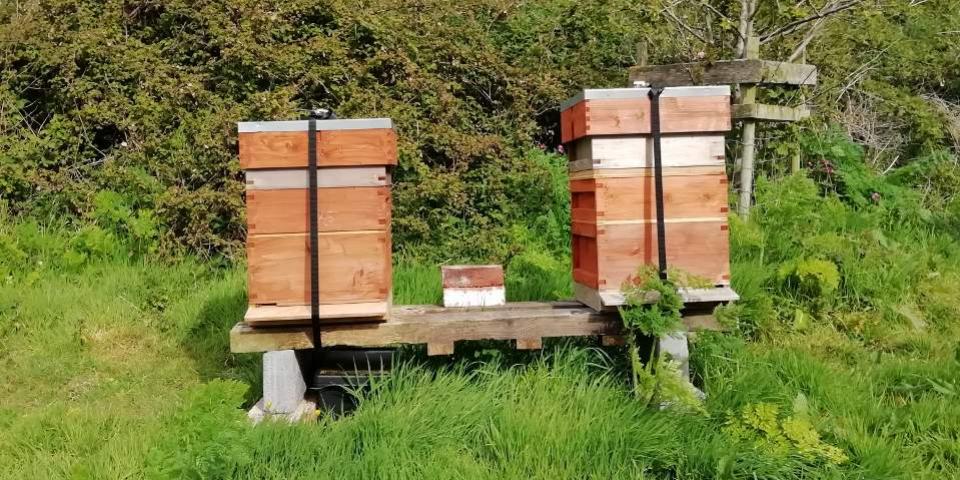- Posted By: beekeeper
- Comments: 0

What is happening with our weather? Here we are in May yet the temperature has hardly got into double figures down in this part of the country. The days may be sunny, but the wind chill factor is bitterly cold. This makes opening hives for inspections impossible. To do so would risk chilling the brood.
This is not a good place for our honey bees, or other insects for that matter. Many colonies are expanding and needing more food as they grow. Unless they can go out and forage, their winter stores will have dwindled to the point where beekeepers are likely to need to start feeding them if they are in an area of seasonal crops.
Nectar isn't on tap. When we see flowers blooming, they don't always contain nectar for our bees and other insects. They need a combination of warmth, rain and sunny days. As I set off on daily walks with our dog, I've watched the trees and hedgerows blossom, thinking that it's just been too cold for my bees to be out flying and gathering this early food bounty.
What does nectar provide?
Nectar provides fuel in the form of carohydrates (pollen provides protein). Just like you and me, a variety of carbohydrates and proteins makes for a healthier bee colony. For the flowers themselves, nectar is the sweet reward for services rendered - pollination.
But nectar can be between 7-70% carbohydrates per water weight. Other sugars might also be present in small amounts as well as sugar alcohols and it's these sugars that are the main energy source for honey bees and other insects. Amino acids and proteins are next in nectar after the sugars. It also contains potassium, as well as antioxidants. There's some really interesting information about the science of nectar (University of Bristol Botanic Garden) that's worth a read.
June gap
In the beekeeping calendar, next month is known as the June gap. It's called that because there's a shortage of forage available for honey bees and other insects. Spring flowers, trees and shrubs will have all finished flowering and forming their seeds. At this same time, colonies will be reaching their peak in size as they prepare for the summer nectar flow and could potentially leave large colonies in danger of starvation if there is insufficient food to support the size of the colony.
It's a very worrying time for beekeepers.
The image used has been published under the terms of a Creative Commons License and is attributed to Jenifer.
